Tag: ICU

Plasmodium Vivax Presenting with Septic Shock and Disseminated Intravascular Coagulation
Malaria has various causative agents that can have a spectrum of disease manifestations, some potentially fatal. Various species have been established as etiologies of malaria, though our understanding of the severity of... read more
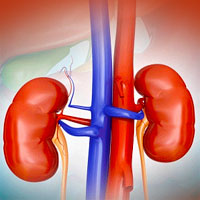
CEUS Value in Diagnosis of AKI in ICU patients
Ultrasound can assess renal perfusion, but its role in the evaluation of acute kidney injury (AKI) is still unclear. This prospective cohort study was to investigate the value of contrast-enhanced ultrasound (CEUS) in the... read more

Ciprofol Sedation Efficacy and Safety in Mechanical Ventilated ICU Patients
Ciprofol was well tolerated, with a noninferior sedation profile to propofol in Chinese ICU patients undergoing MV for a period of 6–24 hours. Of the 135 patients enrolled, 129 completed the study. The primary endpoint-sedation... read more
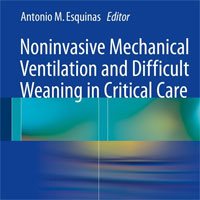
Noninvasive Mechanical Ventilation and Difficult Weaning in Critical Care
This book establishes the indications for the use of NIV in the context of weaning from invasive mechanical ventilation. It provides a comprehensive overview of key topics relevant for correct practical application, including... read more
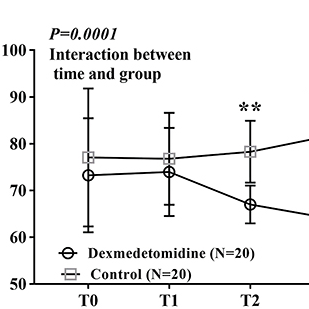
Dexmedetomidine Improved Sleep Quality in the ICU After Laryngectomy
This pilot study found that a 0.03 μg/kg/h dexmedetomidine infusion improved objective and subjective sleep quality in patients admitted to the ICU after laryngectomy. The dosing regimen used was safe and feasible for use... read more
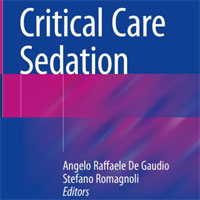
Critical Care Sedation
This book provides a comprehensive guide to delivering analgesia and sedation to critically ill patients for professionals and caregivers being involved in the management of these patients. It discusses and explains in... read more
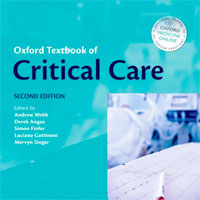
Oxford Textbook of Critical Care
The thoroughly revised 2nd edition of the Oxford Textbook of Critical Care is a comprehensive multi-disciplinary text covering all aspects of adult intensive care management. Uniquely the book takes a problem-orientated approach... read more

Prone vs. Supine Position Ventilation in Intubated COVID-19 Patients
Whether prone positioning of patients undergoing mechanical ventilation for COVID-19 pneumonia has benefits over supine positioning is not clear. We conducted a systematic review with meta-analysis to determine whether prone... read more
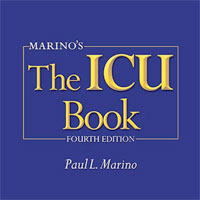
The ICU Book
A fundamental and respected resource book in critical care, The ICU Book, continues to provide the current and practical guidance that have made it the best-selling text in critical care. The text addresses both the medical... read more

Significant Persistent Pain Symptoms After Critical Care Illness
Persistent pain could be a common health problem after critical illness care. Our data also suggest that there is a lack of specific follow-up after ICU discharge. Given the major consequences on patient quality of life,... read more

Intubating the Critically Ill Patient: A Step-by-Step Guide for Success in the ED and ICU
Intubating critically ill patients is a process that requires a well-thought-out, step-by-step plan, specific to each patient. This book teaches the steps necessary to predict, prepare, perform, and provide pre and post-intubation... read more
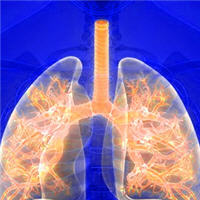
Cardiovascular Subphenotypes in ARDS
Latent class analysis (LCA) of transthoracic echocardiography (TTE) parameters identified four cardiovascular subphenotypes in acute respiratory distress syndrome (ARDS) that more closely aligned with circulatory failure... read more
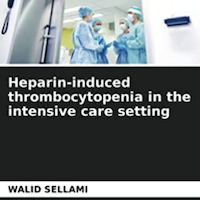
Heparin-induced Thrombocytopenia in the Intensive Care Setting
Heparin-induced thrombocytopenia (HIT) is a serious iatrogenic complication of heparin treatments. The diagnosis of HIT is difficult in the intensive care setting because thrombocytopenia is a frequent and multifactorial... read more
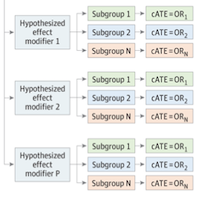
Heterogeneous Treatment Effects of Therapeutic-Dose Heparin in Patients Hospitalized for COVID-19
Randomized clinical trials (RCTs) of therapeutic-dose heparin in patients hospitalized with COVID-19 produced conflicting results, possibly due to heterogeneity of treatment effect (HTE) across individuals. Better understanding... read more

Family Centered Care At The EOL in the ICU
In the context of end-of-life (EOL) care in the intensive care unit (ICU), recent research has often focussed on patients' families. Studies have shown the importance of communication between ICU clinicians and families,... read more
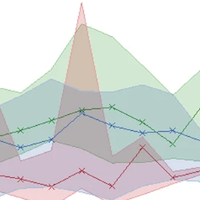
Predicting Deterioration of Sepsis Patients Using Continuous HVR Analysis
We showed that continuous electrocardiograms (ECG) recordings can be automatically analyzed and used to extract heart rate variability (HRV) features associated with clinical deterioration in sepsis. The predictive accuracy... read more
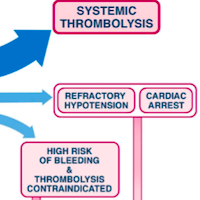
High-risk Pulmonary Embolism in the ICU
According to the European guidelines, high-risk pulmonary embolism (PE) is defined as PE associated with hemodynamic instability, including sustained hypotension, cardiogenic shock and/or cardiac arrest. High-risk PE... read more









